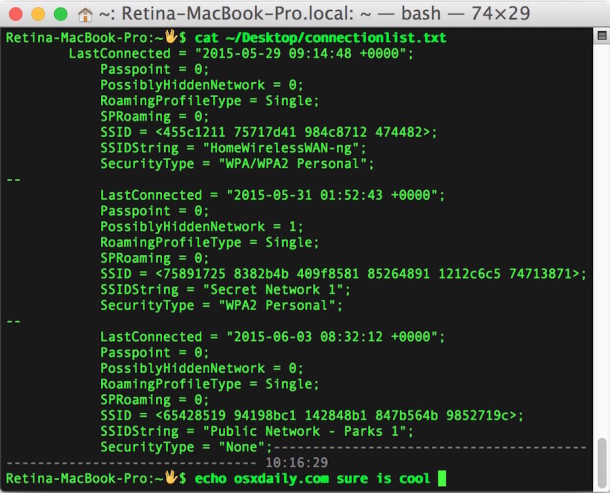


Note: You may have to wait longer your entire hard drive (and all the files) to be indexed, but apps should be indexed pretty quickly. Try searching for "Safari" with Spotlight ( Command + Spacebar). Give your Mac 15-30 seconds to start re-indexing all your files, apps, and images. You can accidentally delete your entire hard drive, as this command is not safe! goodbye files!), unless you know what you're doing. Warning: Do not type any command with the rm keyword (remove) and -rf options (recursive force: i.e.: no confirmation. Other guides might have you try to delete the Spotlight files, which I think is unnecessary, and a huge risk if you're new to the command line tools (i.e.: Terminal). means to start at your hard drives root directory, which will make it re-index everything on your hard drive. The -E command will "Erase and rebuild index"-which is exactly what you want to do to fix the problem. Open the "Utilities" folder and launch "Terminal"Ĭopy and paste this command and press enter: sudo mdutil -E / Open the Terminal app from your "Applications" folder Terminal is another way to control your Mac, and if you've never used it before, don't worry, this is a safe command to run (even if you have no idea what you're doing). How to Fix Spotlight Search on macOS High Sierra with Terminal How to Fix Spotlight Search on macOS High Sierra.

The solution works on any macOS version (tested on macOS High Sierra). Use this guide to fix Spotlight using Terminal on your Mac (plus a pro Spotlight tip). If you're using Spotlight on Mac ( Command + Spacebar) to quickly open an app, document, or photo-and it doesn't work-you may need to re-index Spotlight. Is Spotlight broken? Can't find the app, document, or photo you want using Spotlight on your Mac? You can fix it in 5 seconds using Terminal.


 0 kommentar(er)
0 kommentar(er)
